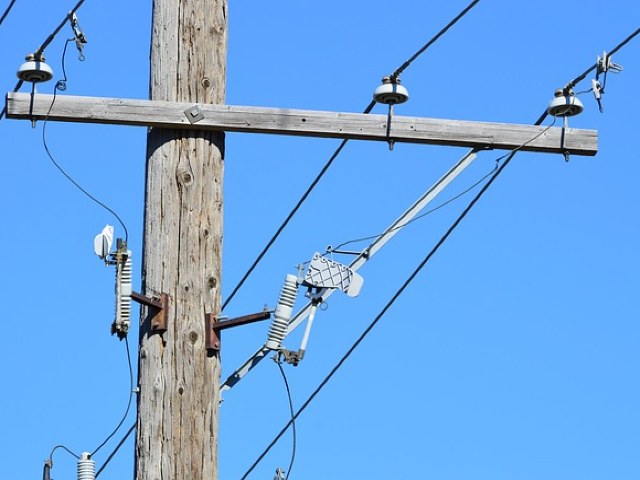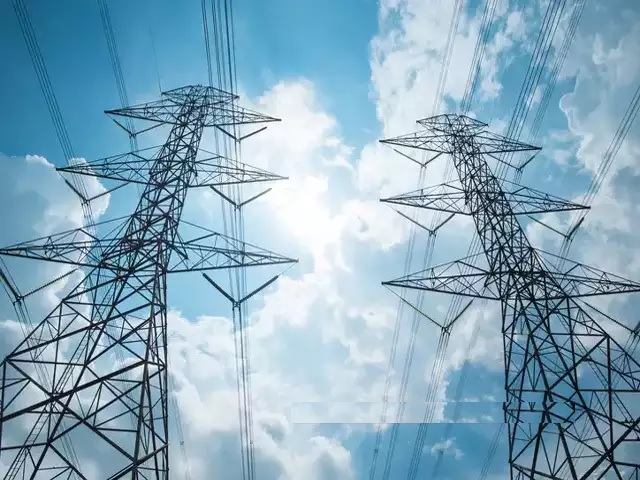In an era marked by concerns about climate change and the depletion of traditional energy resources, the need for sustainable energy solutions has never been more urgent. Electric utilities, the backbone of our modern society, have recognized this imperative and are actively embracing renewable energy integration to ensure a greener and more sustainable future. This blog post delves into the transformative journey of electric utilities as they navigate the challenges and opportunities presented by renewable energy integration.
The Shift Towards Renewable Energy
The energy landscape is undergoing a profound transformation, driven by increasing awareness of the environmental consequences of fossil fuel consumption. Electric utilities, traditionally reliant on coal, oil, and natural gas, are now pivoting towards cleaner and more sustainable sources of energy. Solar, wind, hydro, and geothermal energy have emerged as frontrunners in the quest for renewable alternatives.
One of the most remarkable aspects of this shift is the declining cost of renewable energy technologies. Solar panels and wind turbines have become more affordable, making them financially viable options for large-scale energy production. This economic feasibility, coupled with growing consumer demand for sustainable practices, has encouraged electric utilities to incorporate renewable sources into their energy portfolios.
Challenges and Solutions
The integration of renewable energy into existing utility infrastructures is not without its challenges. One of the primary obstacles is the intermittency of sources like solar and wind, which are subject to weather conditions. This intermittency can disrupt grid stability and reliability, requiring innovative solutions.
Energy storage systems, such as advanced batteries, are playing a crucial role in addressing this challenge. Electric utilities are investing in large-scale battery storage projects that can store excess energy during peak production periods and release it during times of high demand. These systems not only enhance grid stability but also enable the maximization of renewable energy utilization.
Furthermore, digital technologies and smart grid advancements are facilitating real-time monitoring and control of energy distribution. Predictive analytics and machine learning algorithms are being deployed to anticipate energy demand patterns and optimize the deployment of renewable resources, ensuring a seamless and reliable transition.
Grid Modernization and Decentralization
The integration of renewable energy is catalyzing a paradigm shift in the structure of power grids. Traditional centralized energy generation is giving way to a more decentralized model, where homes, businesses, and even electric vehicles become active participants in energy production.
Microgrids, localized energy systems that can operate independently or in conjunction with the main grid, are gaining prominence. These microgrids rely on a combination of renewable energy sources and energy storage, enabling communities to generate, store, and manage their own power. In regions prone to natural disasters or remote areas with limited access to the main grid, microgrids offer enhanced resilience and energy security.
Benefits Beyond Sustainability
The embrace of renewable energy integration goes beyond environmental considerations. Electric utilities are also experiencing a range of economic and social benefits. Job creation in the renewable energy sector has surged, providing employment opportunities in manufacturing, installation, maintenance, and research.
Moreover, the integration of renewable sources is reducing reliance on imported fossil fuels, enhancing energy independence and security. This shift mitigates the risks associated with volatile global energy markets, ensuring a stable energy supply for consumers.

Engaging Customers and Fostering Sustainability
Electric utilities are actively engaging customers in their journey toward renewable energy integration. Innovative initiatives, such as community solar programs and net metering, allow consumers to participate in and benefit from the renewable energy transition. By installing solar panels on rooftops or subscribing to shared solar projects, individuals can contribute to clean energy generation and potentially reduce their electricity bills.
Furthermore, utilities are fostering sustainability by offering energy efficiency programs and incentives. These initiatives educate consumers about energy-saving practices, promote the use of energy-efficient appliances, and incentivize the adoption of electric vehicles. Through these efforts, electric utilities are empowering customers to become active stakeholders in the pursuit of a more sustainable future. For more insights and further information about electric utilities, check out Bingtik to know more.
Conclusion
The integration of renewable energy sources into the operations of electric utilities marks a pivotal moment in the quest for a sustainable and environmentally conscious energy landscape. As the world grapples with the challenges posed by climate change, electric utilities are stepping up to embrace their role as agents of positive change. Through technological innovations, grid modernization, and customer engagement, these utilities are not only reducing their carbon footprint but also shaping a future where clean and abundant energy sources power our communities. The journey towards renewable energy integration is an inspiring testament to the power of collective action and innovation in building a brighter and more sustainable world.





